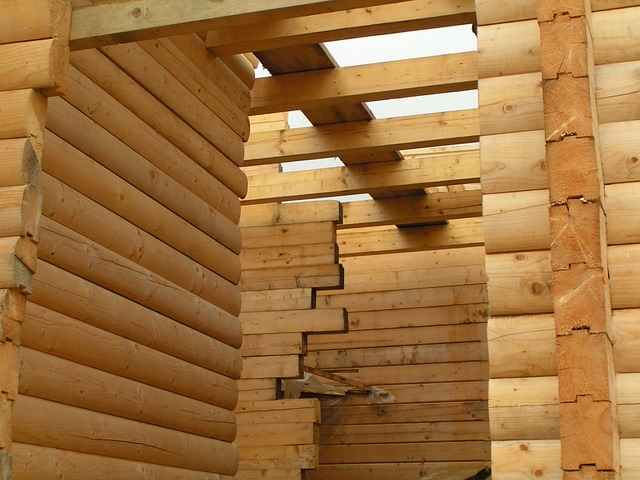
Timber frame construction
Published on by Rashid Minhas
Average Read time: 2 minutes
Timber frame construction is a time-tested method that offers numerous benefits, particularly in terms of sustainability, energy efficiency, and aesthetic appeal. Here's a closer look at its key features and advantages:
- Components:
- Beams and Posts: Wooden beams and posts form the primary structural framework of the building, providing support for floors, roofs, and walls.
- Joinery: Traditional timber frame construction relies on joinery techniques such as mortise and tenon joints, dovetail joints, and pegged connections to assemble the frame without the need for nails or screws.
- Bracing: Diagonal or cross-bracing elements may be incorporated into the frame to provide lateral stability and resist wind or seismic forces.
- Construction Process:
- Prefabrication: Timber frame components are typically prefabricated off-site in a factory or workshop, where they are cut, assembled, and finished to precise specifications.
- Assembly: Once fabricated, the timber frame components are transported to the construction site and assembled according to the architectural and engineering plans.
- Erection: Beams, posts, and other timber frame elements are erected and connected using traditional joinery techniques, creating a sturdy and durable framework.
- Enclosure: After the timber frame is in place, exterior finishes, interior partitions, and MEP systems are installed to complete the building enclosure.
- Advantages:
- Sustainability: Timber frame construction utilizes renewable and environmentally friendly materials, reducing the carbon footprint of the building. Timber is a natural insulator and requires less energy to produce compared to steel or concrete.
- Energy Efficiency: Timber frames offer excellent thermal performance and can be combined with modern insulation materials to create highly energy-efficient buildings with lower heating and cooling costs.
- Aesthetic Appeal: Timber frames add warmth, character, and natural beauty to a building's interior and exterior spaces, creating a welcoming and inviting atmosphere.
- Versatility: Timber frame construction allows for greater design flexibility and customization, accommodating a wide range of architectural styles and building configurations.
- Reduced Labor Costs: Prefabrication and off-site assembly of timber frame components contribute to faster construction timelines and reduced labor costs compared to traditional methods.
Timber frame construction is commonly used for residential homes, commercial buildings, schools, churches, and other low-rise structures where sustainability, energy efficiency, and aesthetic considerations are important factors. Its timeless appeal and environmental benefits make it a popular choice for many construction projects worldwide.